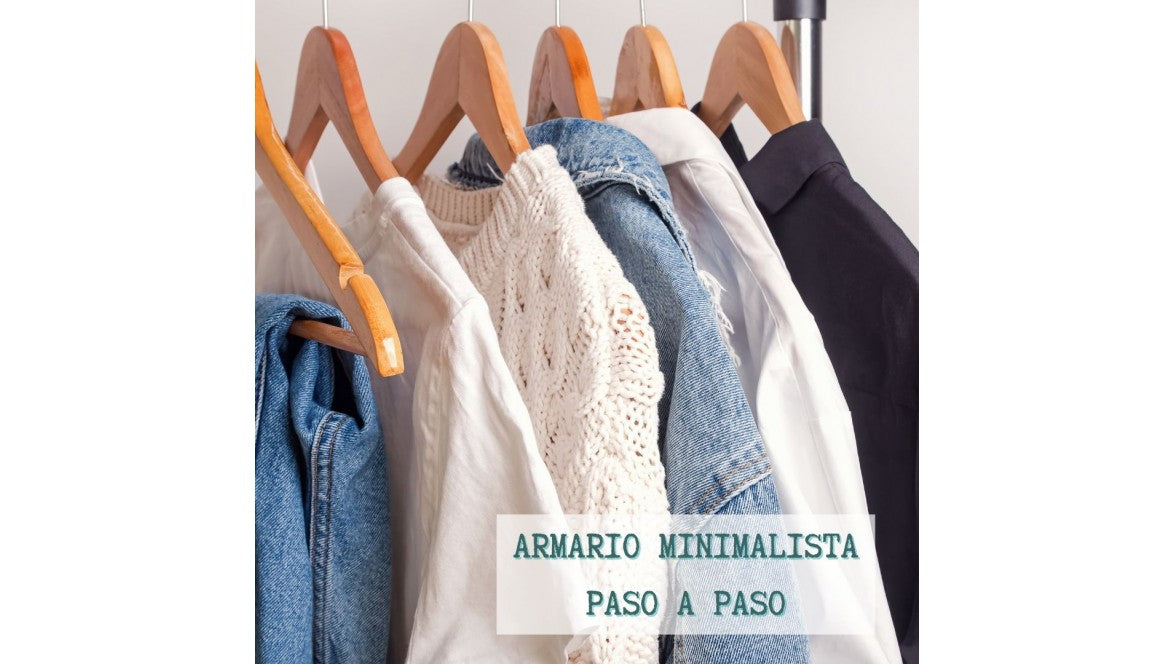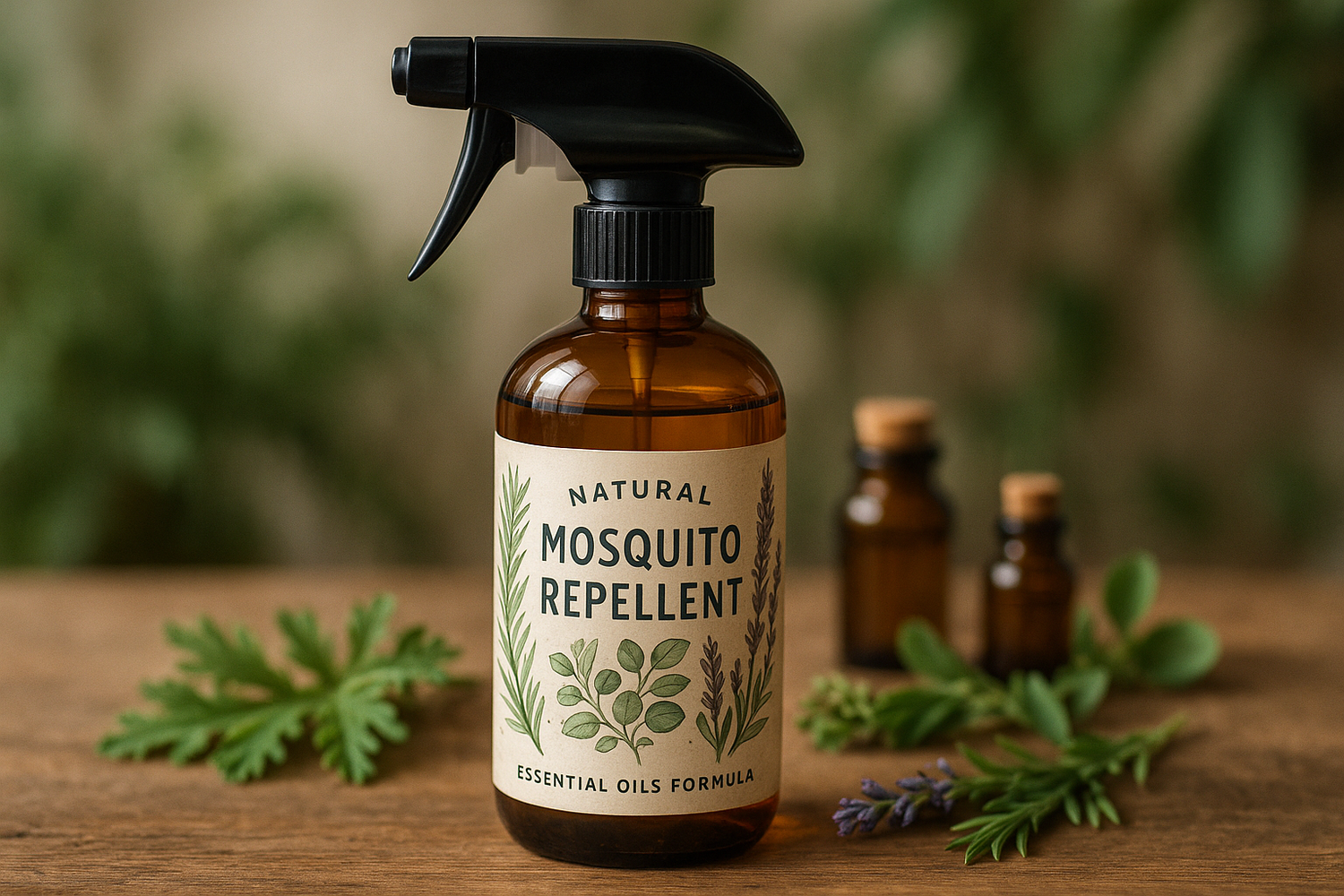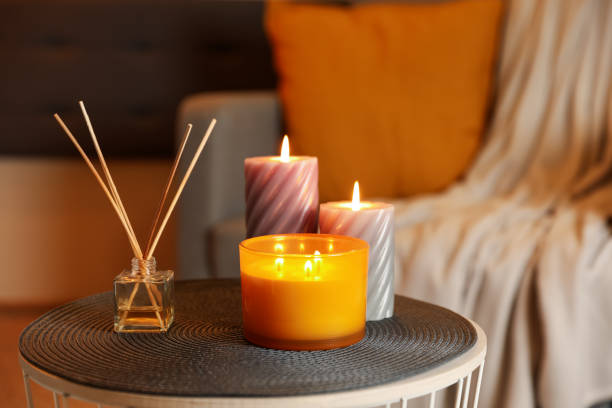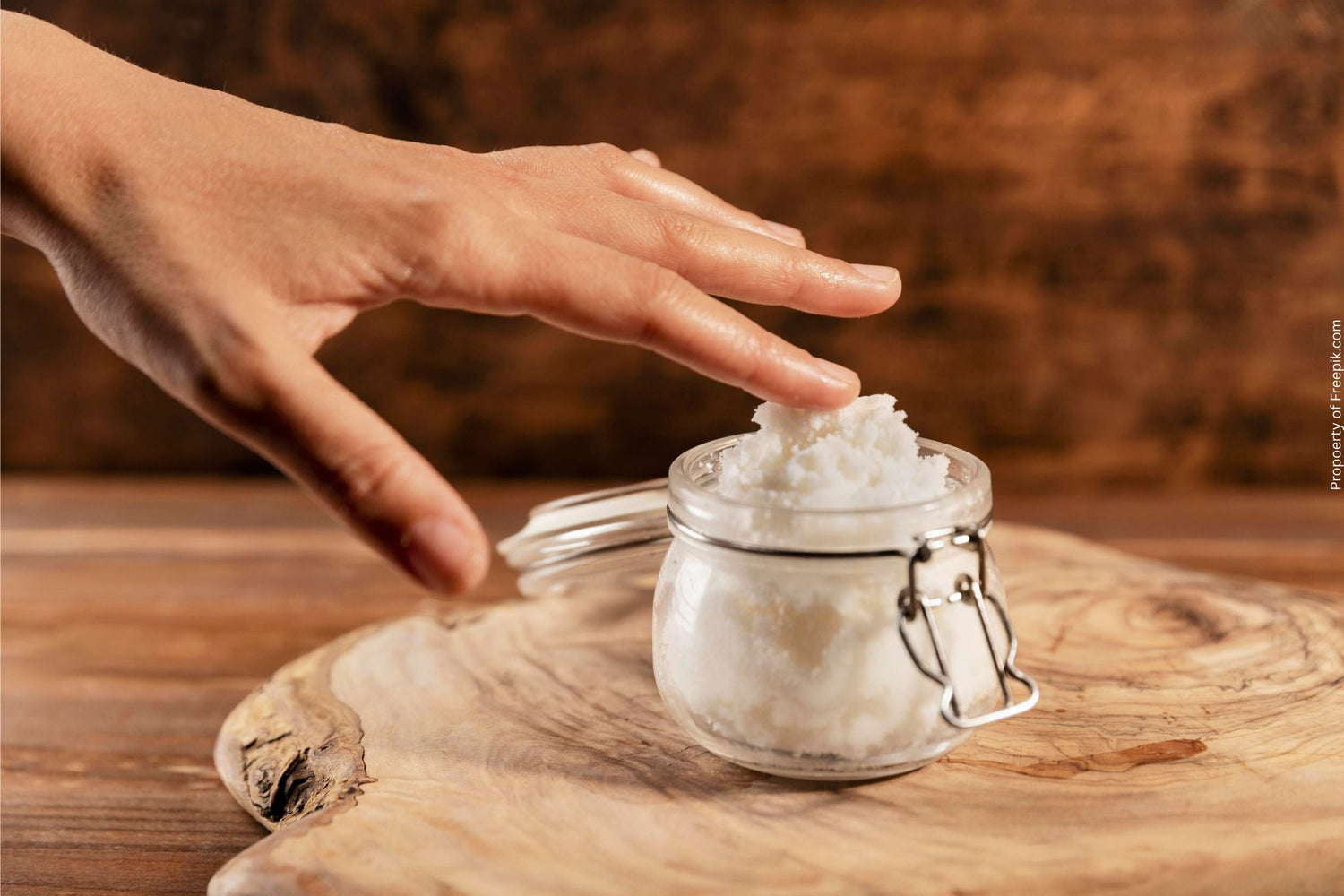Do you like changing your wardrobe seasonally? I love it. It's a process I really enjoy, and I can't quite explain why. I think it's partly because, over the years, it's become a simple task. It's not tedious at all because I don't have many clothes, so sorting through and changing them out takes me very little time, and I'm very satisfied seeing everything in its place.
I have few clothes because I have a minimalist or capsule wardrobe . Well, they're not exactly the same, but to avoid getting too technical, I'll call them both.
WHAT IS A CAPSULE WARDROBE
I'm talking about creating a wardrobe with a relatively small number of items that go together . So it's easy to decide what to wear each day.
In a minimalist wardrobe, every item is worn . No clothes are left behind just in case. Very conscious decisions are made about what you buy and dispose of . To achieve this, it's essential to fully understand what you want your wardrobe to look like, analyze your style, your routines... It's a whole process. You may find it easy or a challenge. At the time, it was the latter for me. So I'm going to share what I learned in case it helps you.

Capsule wardrobe step by step
I'm going to suggest some steps to follow to create your minimalist wardrobe based on what I've learned from other people who have shared their process or from professional organizers, such as Lucía Terol from Sencillez Plena , Alicia Iglesias from Orden y Limpieza en Casa , Adri Coines from Minimalistamente , orElena HG . The truth is that my process was a little different because I came across their content after I had already built a good part of my capsule wardrobe.
Step 1: Analyze your style
At this point we will focus on two aspects:
- Lifestyle : Our daily lives determine the way we dress . Working from home isn't the same as going to the office every day or having a job with a uniform. You have to consider whether you exercise, what sport you do, how many times a week you do it. Is there much of a difference in how you dress from Monday to Friday versus on weekends?
At this point, I invite you to focus on the present moment . What is your life like right now? This will help you understand what you need right now. From there, it's easier to make decisions —more so than if we start thinking, "I'd like to start doing this or that." When that moment comes, we'll make the necessary decisions and be flexible. But if we start from there, we won't be able to let go of the "just in case" things.
I'll give you some examples. When I became a mother, my wardrobe changed. Beyond breastfeeding, I needed my clothes to be comfortable and manageable and not interfere with the baby carriers I'd used for years. When my son was 3, I started working and had to stock up on some clothes for my workday. A few months ago, I adopted a dog, and now I take a lot of walks in the countryside. All of this has caused my needs to change, and they're reflected in the clothes I wear. A minimalist wardrobe is a living wardrobe ; it's not a prison. But decisions are made with great care, avoiding impulsiveness .
- Clothing style : Observe the clothes you wear and the ones you don't. What color are they? What shape are they? What fabrics predominate? Would you say they're casual, elegant, classic, extravagant...? What are your favorite items? Why? What happens to the clothes you don't wear? Some people, at this stage, encourage you to try on all your clothes. I, for one, would tell you to wear the ones you're unsure about.
I'm going to leave you here the characteristics that I identified in my clothes in case they can help you when doing the analysis.

Step 2: Describe your ideal wardrobe
All of the questions in the previous section provide a wealth of information and help you identify what items absolutely must be in your wardrobe . So, at this point, I suggest you take a pencil and paper and write down what items should be in the wardrobe you want to have. Provide as much detail as you like, including the number of items, colors, shapes, styles, and so on. And keep in mind that the items must be combinable .
Step 3: Discard and alter clothing
Based on the list above, discard what doesn't fit. Does that mean we're going to throw away everything that's unnecessary? No, not at all. It wouldn't be a sustainable gesture at all. First of all, what's not on our list but that we could use, we're simply going to set aside . But isn't that just in case? No. There's a difference. Let me explain with an example. According to my list, I need, for example, three pairs of jeans, but it turns out that in my current wardrobe I have four in perfect condition, and I like them all. I set one aside and store it with other items that are similar to my own. When one of the three jeans falls apart, I'll have something to replace it with without having to go shopping. I've done the same thing with underwear. I had a lot of it, set some aside, and then reclaim it when something deteriorates. It's a way to save money and the planet's resources.
And it's not the same as being stuck with pants that don't quite suit you or that don't fit you right now. In these cases, it's best to try to get someone else to give them a second life, either by giving them away, donating them, or selling them secondhand.

During this review, you might also realize that there are clothes you aren't wearing because they need to be fixed, or something is wrong with them but can be fixed . For example, you have a T-shirt with a print you really like, but you don't quite like how it fits. Can you alter it to make it fit? In this video and this one, you have two examples.
Only in the case of damaged clothing do we recommend that you throw it in recycling containers.
Step 4: Identify needs and consciously acquire them
Once you've eliminated the clothes you won't wear, you'll have a smaller wardrobe and you'll likely need to buy some things, but you'll do so consciously, knowing exactly what you need . You won't be shopping to see what you can find, but rather looking for specific items.
In fact, what if you created a clothing-sharing network around you? You wouldn't need to go shopping on many occasions. What if your friend has that blouse at the back of her closet that she never wears, but that suits you perfectly?
If you can't find what you need this way, try buying secondhand . This way, we avoid consuming more of the planet's finite resources. If you also can't find what you need this way (which is the case for me), opt for shopping at sustainable fashion stores . The clothes are more expensive, yes. There's no other option. The materials and production lines are nothing like those of fast-fashion companies . But, since you're building your capsule wardrobe, you'll find that you need fewer clothes and, perhaps, you can afford to spend a little more money .
Step 5: Repeat the steps every season
When it's time to restock your wardrobe, do this review, discard, and identify if you need anything new. Repair what's needed and assess if anything in your lifestyle has changed.
Another example: I've realized that I'll need to replace my tank tops next summer because some of them are already very worn. I have many months to search and find what I want, without acting on impulse. Plus, I have a good chance of finding the clothes cheaper, if I buy them at all, because they're out of season.

A MINIMALIST WARDROBE IS A SUSTAINABLE WARDROBE
If we recap everything we've said so far, it seems clear that it's easier to achieve an eco-friendly wardrobe if it's minimalist. We own only a few items, and they all get used , so we'll be optimizing the planet's finite resources. If we also combine this with good clothing care, repairs, and transformations , we'll continue to climb the ladder on the path to sustainability.
And, of course, when it comes to shopping , the ideal is to do it as consciously as possible , with time, without impulses, prioritizing second-hand clothing and sustainable brands whenever possible.
Are you up for creating your capsule wardrobe? We'd love to hear your process.




